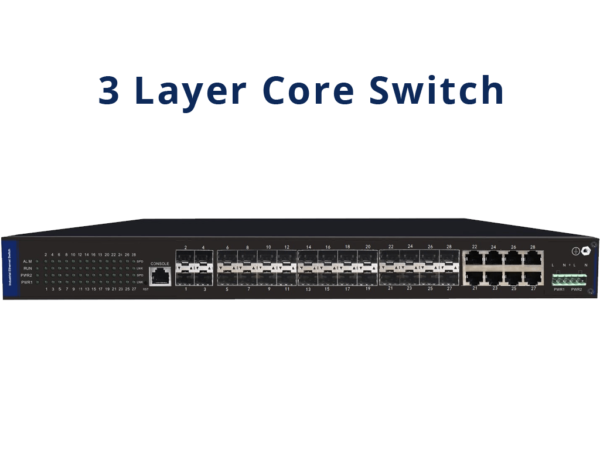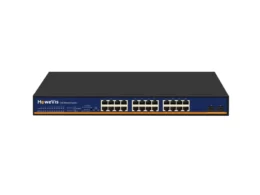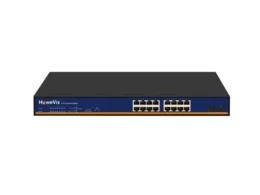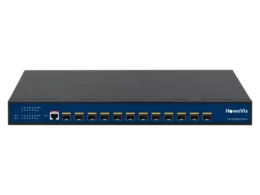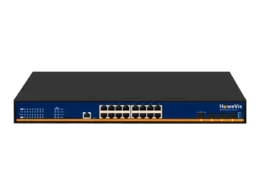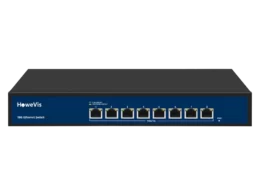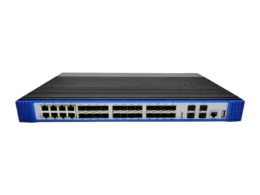The simple answer is “yes.” Every complex network comprises multiple computers and devices. To route the traffic and improve the performance of the network, you must have a proper mechanism. What would you employ to simplify the network? The core switch.
You must be stuck on why you should consider the core switch in your list, right? No worries. I will ultimately tell you about the core switch working mechanism and relevant aspects essential to make sure it is the right choice.
Before heading to the topic, let me know the components of a network. Here are three essential parts of a network.
- Computers
- Switches
- Routers
What if we already have a router in the switch? That’s great! You can save some bucks. Let’s have a deep analysis of the core switch and understand its significance in the network.
What is a core switch?
Do you know what precisely a core switch is? I suppose you can define it by just looking at the title “core.” Let me make the definition easier to understand.
A core switch means the central switch. The switch performs the main functions in the network. Central functions such as
- Routing
- Monitoring of data packets
- Transferring the data packets
- Defining the route of destination IP
All these core functions are of the core switch.
So, a core switch is a high-capacity switch that acts as a backbone of the network and performs multiple functions to enable a secure data connection.
How does a core switch work?
The core switch offers two basic functionalities in the network.
- Bridging of the computers
- Routing the traffic
For performing these functions, the router works in the core layer. It receives the data packets from the host IP address of the network, performs intelligence functions, and transfers it to the destination IP. Great! Safe traffic over several security protocols.
Which type of switch is the core switch?
There are two types of layer switches.
- Layer 2
- Layer 3
Both are different from each other in various aspects. For example, layer 2 is only a plug-and-play switch, while layer 3 is also a switch and router. Two in one, right?
What do you expect the core switch to be? The layer 3 switch offers bridging and routing functions.
Do I need the core switch?
Core switch is an essential component of a network. If you have a complex network of multiple switches and computers, you need a core switch to manage the traffic. There are three layers in the network. Let’s take a look at each layer of the network.
Core Layer:
The central layer of the network acts as a backbone. It integrates with the distribution switches and performs routing features. All the switches in the core layer are core switches.
Distribution Layer:
The distribution layer is the second type of layer in the complex network. All the switches in the distribution layer are distribution switches. They connect themselves with the core switches and access regulators to act as a bridge.
Access Layer:
The access layer is the third layer and the outermost layer in the network. All the switches in this layer are layer 2 switches. We call them “Access switches.”
To simplify the traffic and reduce the network traffic, you must go for core switches.
Why do I need the core switch?
You must be thinking, why do I recommend the core switch? Is it essential for your network? Yes, it is. Here is how exactly the core switch plays a vital role in the network.
The core switch supports other switches as a backbone of the network.
- A core switch is the ultimate solution for your network. Do you need to manage your traffic? No problem when there is a core switch. It does all the significant tasks like monitoring and managing the data packets alone. Isn’t it great? Not only it does do traffic management, but it also empowers the distribution and access switches. You don’t need to worry about the hacking of your network or the speed of data. Incredible!
You can enjoy a high data speed data connection of up to 100GB per second.
- Need a high-speed data connection? A core switch can help you. Core switches employ high-speed Ethernet ports like Cat6 or Cat8 to enable 100GBs of data speed per second. There are requirements for continuous data transfer and storage at data centers. Only a Gigabit speed is the solution for your network. The core switch offers such a high speed that it is sufficient for the data-intensive units.
Core switch is the router of your network.
- Do you know what a router does for the network? Let me tell you the exact mechanism of action of the router. The router receives the data packets, performs intelligence functions, defines their routes, and sends them to the destination IP. The role of routing is to optimize the performance of the network. So, a core switch acts as a router to do all the routing functions and improves the network’s performance.
Core switch upgrades the performance of the network.
- Always remember one thing, using numerous switches can impact the performance of the network. That means the performance of the network will decrease if you have a complex network. So, how could you improve the efficiency of the network? Is there any solution? Yes, we have a solution for every problem in the network. Use the core switch. It will improve the performance by giving proper routes to data packets, dividing the traffic, and improving the network’s overall efficiency.
Core switches provide a secure data connection.
- Nowadays, the ratio of cybercrimes has increased. Do you know, why? Excessive use of the internet, right? To some extent, you are right. The exact reason behind this fact is the conversion of offline systems into online. Therefore, the hackers target the network and penetrate the private data. Core switches use various security layers to transfer the data with ultrasecurity. So, a core switch provides a secure data connection over the network.
What are the applications of the core switch?
Core switch is of prime importance in the complex networks comprising various LANs. When we use a core switch, it simplifies the complex network by connecting all the other switches. However, here are the applications of core switches.
- Data-intensive Units. In data-intensive units, there is a need for high-speed data with the high performance of the network.
- Industrial Areas. In industrial zones, there are continuous requirements for the data network. Moreover, to simplify the highly complex networks, we use the core switches.
- Enterprises that hold the data of clients and employees and need to store it for more extended periods.

